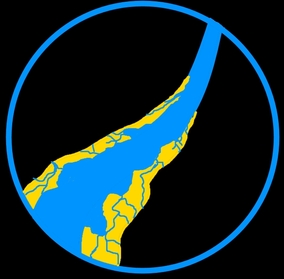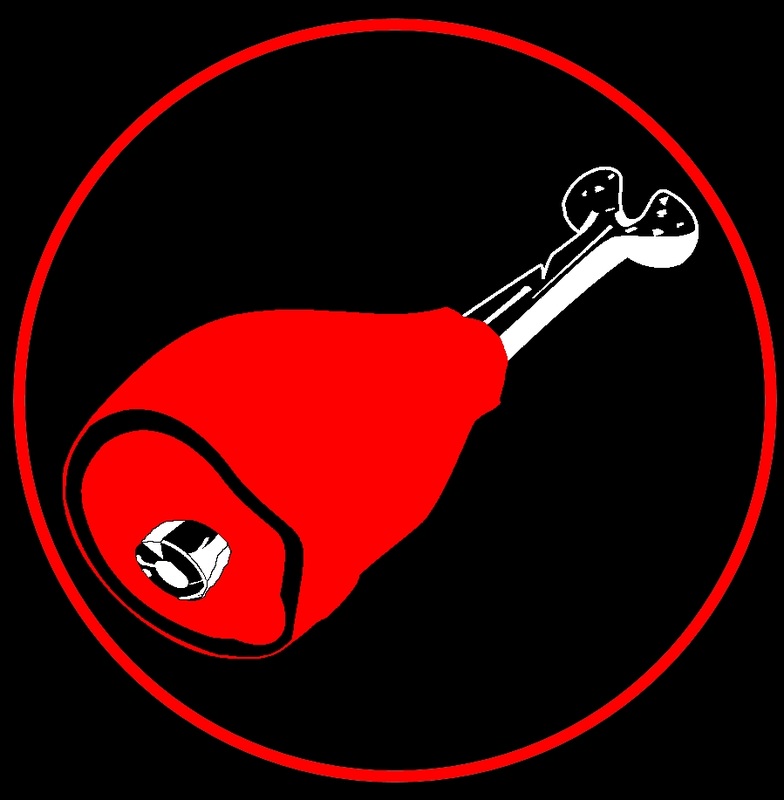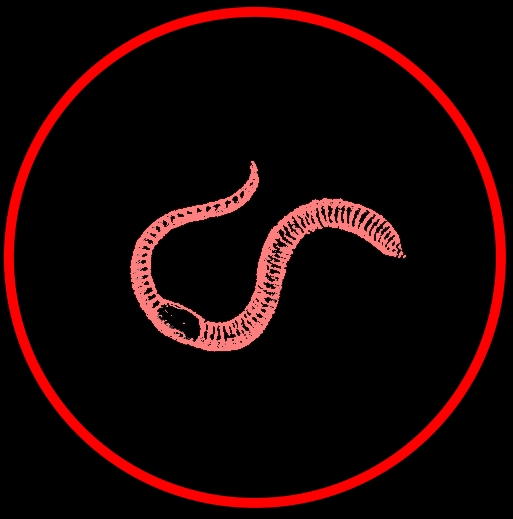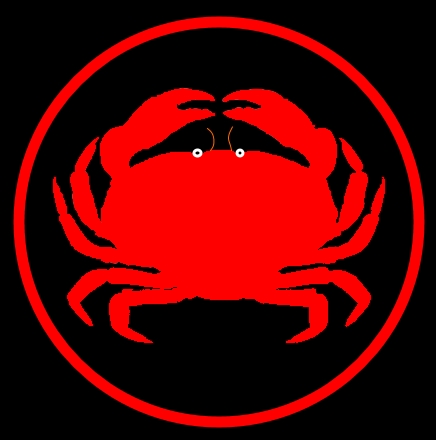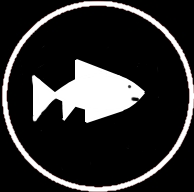Devonian fossil fish
Cephalarpis sp.
Where was it found?
Freshwater streams and estuaries
Diet and foraging method
Key adaptation
Cephalaspis was presumed to be a bottom feeder because its mouth was situated beneath its head, which was lined with sensory patches to sense for its burrowing prey. It was heavily armoured with a head shield, thought to be a predator defence.
Social organisation and mating system
N/A
Did you know that...?
Cephalaspis were jawless and unable to bite, so they had to suck up prey with detritus from the river or estuary bottom.


